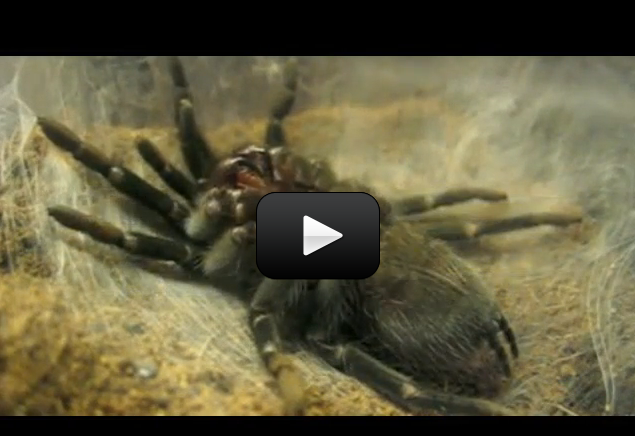Arthropods, organisms in the phylum arthropoda, are organisms with segmented bodies and appendages on at least one segment. They use these appendages for defense, feeding, sensory perception, and locomotion. We usually see them everyday: fly on the wall, or perhaps moth by the light. The phylum is incredibly divers and the organisms within it have developed numerous adaptations to deal with environments from your kitchen counter to the Amazon!
Arthropoda is the largest phylum in the animal kingdom. Examples of Arthropods include: scorpions, crabs centipedes, insects, and crayfish.
Arthropods are covered my hard external skeletons. When they grow they shed these skeletons in a process called molting. For gas exchange aquatic arthropods have gills, while terrestrial (land-based) arthropods have either a tracheal systems or book lungs. Tracheal systems are air sacs fed by pores in the exoskeleton. Book lungs are gills modified to extract oxygen from air.
Six classes of crustaceans are recognized in the word, and almost fifty two thousand species. Most of them are aquatic. Interestingly, they have a brain in the form of ganglia (connections between nerve cells).
In the phylum Mirapoda (Centipedes and Millipedes), over thirteen thousand species exist! All of them live on land. Some species have fewer than ten legs, while some can have over seven hundred and fifty!
Spiders (a type of Arachnid) are found in the class Araneae and the subphylum Chelicerata. This subphylum includes scorpions, mites, and ticks as well as spiders. Arachnids characteristically have four pairs of legs, a pair of chelicerae (see table at the end of this section), and a body organized into the cephalothorax (a fusion of the head, thorax, and abdomen). There are eleven subgroups of Arachnids.
Insects are not only the most diverse subgroup of arthropods, but with over a million discovered species it is the most diverse group of animals on earth. Although they can’t all be as beautiful as a butterfly, they all play important roles in their ecosystems—just think of where we would be without bees!
The segmented exoskeletons of insects have a hard, inner layer called the cuticle, and a water-resistant outside layer called the exocuticle. Insects are divided into two major groups: winged insects and wingless insects. Air is taken in through structures called spirials, and delivered directly to the body.


Even though I have very acute arachniphobia, [ fear of spiders] I really enjoyed this article.
Thanks Aurora!
It varies depending on size, age, and species, but anywhere from a few hours to a full week – or more!
How long does it normally take for the exoskeleton to harden?
That was so creepy and cool at the same time!
When the tarantula curles up and sits there, is that when it is waiting for its new exoskeleton to harden? Also a second edition on paragraph three would be awesome!
Euell
Thanks 😉
Sophia
yes i was wondering the same thing…..
Sophia
Hmmm… I think the only ones what are able to tell us that are the arthropods themselves, but they can’t really communicate with us. However, by monitoring their activity and behaviors, scientists don’t believe that shedding hurts. It’s more like when your hairs shed into your hair brush.
Hay arora!
Does it hurt them to Shed?
Tamar